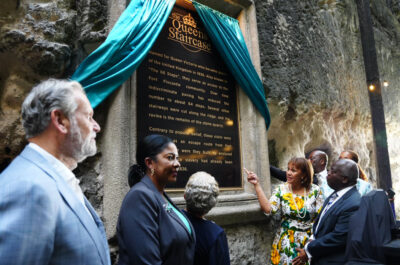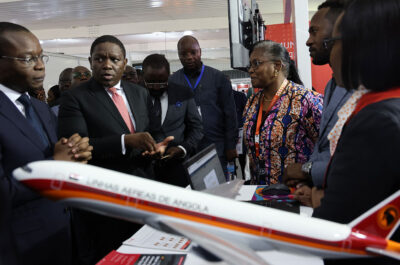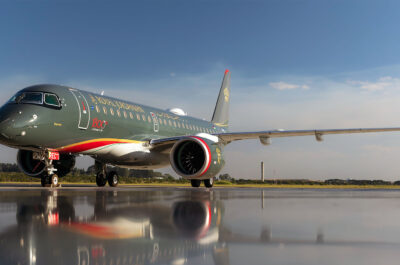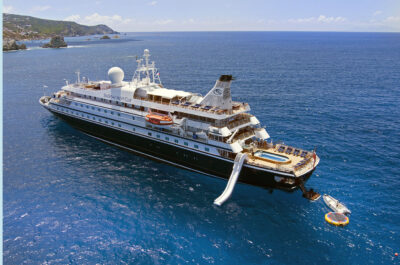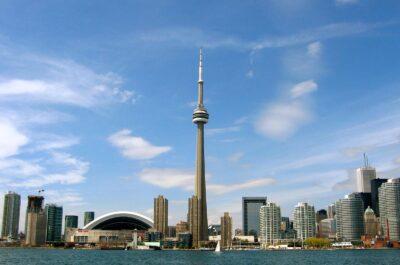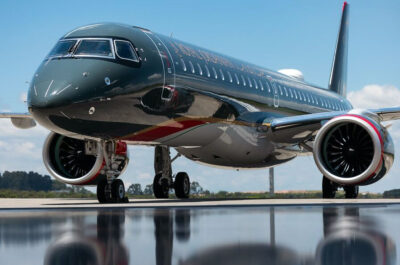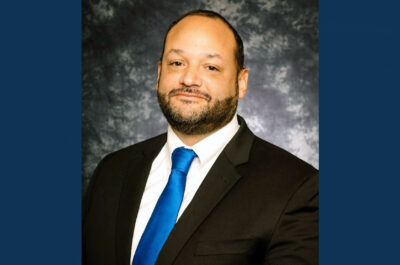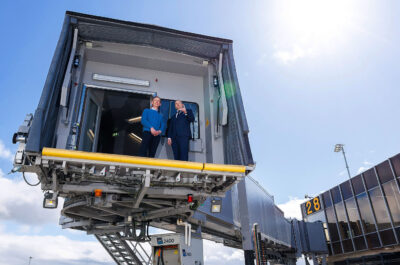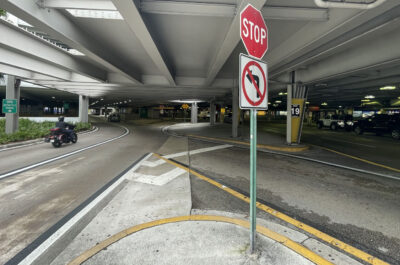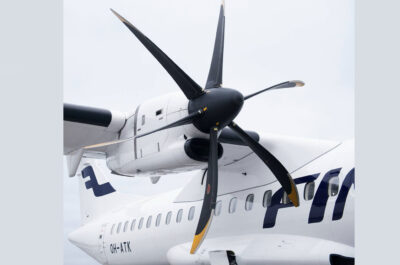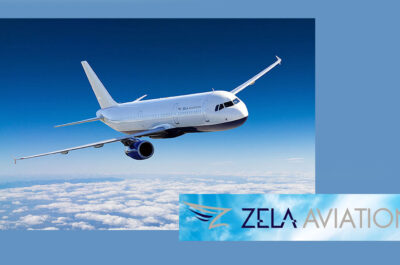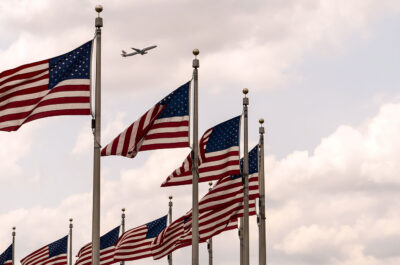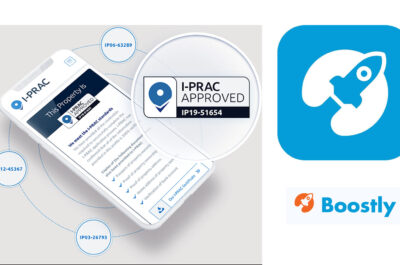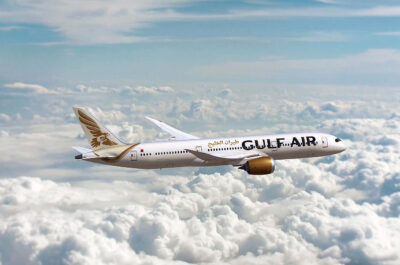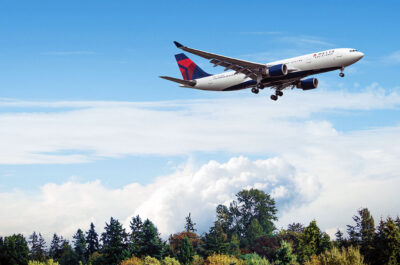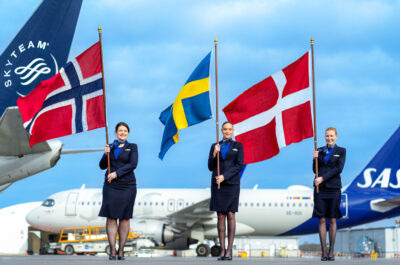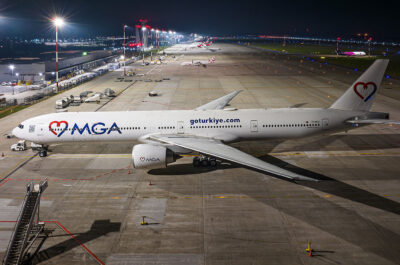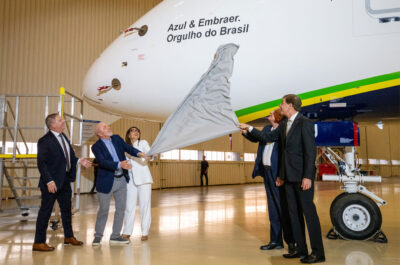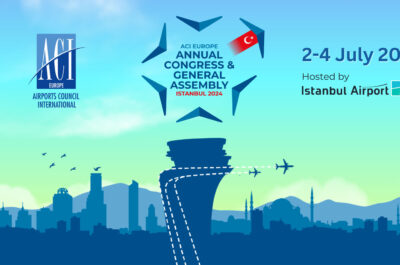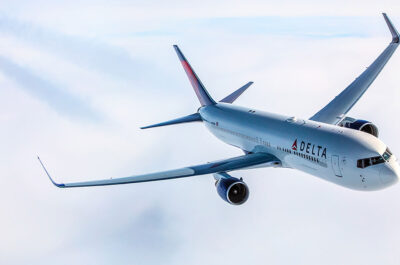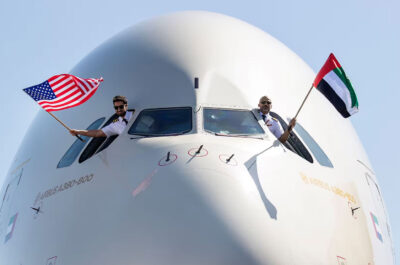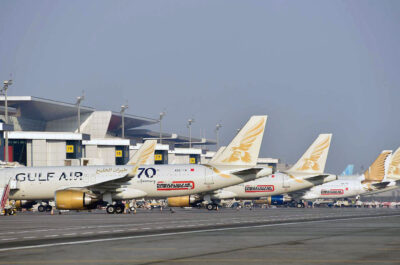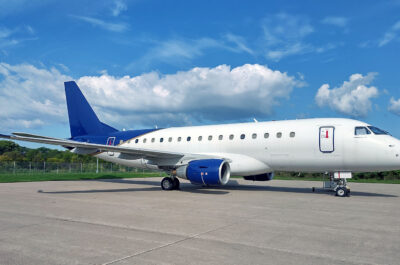Delta Air Lines` Board of Directors has unanimously concluded that the Company’s creditors, as well as its other stakeholders, are best served by moving forward with the Company’s standalone Plan of Reorganization…
Delta Air Lines` Board of Directors has unanimously concluded that the Company’s creditors, as well as its other stakeholders, are best served by moving forward with the Company’s standalone Plan of Reorganization (the “Plan”).
Accordingly, the Company filed its standalone Plan and a related Disclosure Statement (“the Disclosure Statement”) with the U.S. Bankruptcy Court for the Southern District of New York. The Company intends to emerge from Chapter 11 in the spring of 2007.
The Disclosure Statement includes an overview of Delta’s five-year business plan, which is intended to enable Delta to maintain and improve its competitive cost structure, to further strengthen its financial position and to achieve a profitable, long-term future. In particular, the business plan projects that Delta will achieve significant increases in cash flow, operating margin and net income, driven by the Company’s success in increasing revenue, reducing costs and lowering debt.
The Disclosure Statement also includes a valuation analysis prepared by Delta’s financial advisor, The Blackstone Group, which estimates a consolidated equity value for the Company of approximately $9.4 billion to $12.0 billion. These values would result in a recovery for Delta’s unsecured creditors of approximately 63% to 80% of their allowed claims, subject to certain assumptions and adjustments as detailed in the Plan.
Delta`s Board of Directors, with the full support of the Company’s management team, has unanimously rejected the unsolicited merger proposal made by US Airways on November 15, 2006. The Board concluded that Delta’s standalone Plan will provide the Company’s creditors with superior value and greater certainty on a much faster timetable than the US Airways proposal.
As Delta representatives said, the US Airways proposal is structurally flawed and cannot be executed as claimed due to overwhelming antitrust and labor issues; would harm consumers and communities due to its substantial anticompetitive effects; relies on claimed synergies that are premised on flawed economic assumptions; would burden the combined company with a precariously high debt load; and would reverse Delta’s progress and erode the value of the Delta brand. Finally, US Airways continues to experience significant integration problems and has not completed its prior, smaller merger with America West – it is not equipped to simultaneously integrate a substantially larger company.
After a thorough analysis, the Board concluded that the US Airways proposal of $8.4 billion will result in substantially inferior value for creditors compared with Delta’s standalone Plan, which is estimated by Delta’s financial adviser, The Blackstone Group, to have a consolidated equity value for the Company of approximately $9.4 billion to $12.0 billion. The Plan is discussed in a separate announcement issued today.
Delta Chief Executive Officer Jerry Grinstein said, “Delta is moving forward with a plan designed to provide significant value to our creditors as well as customers, employees and other key stakeholders on a timely basis. By contrast, the US Airways proposal provides inferior value to our standalone plan, is structurally flawed, and raises overwhelming regulatory and labor issues that – after a lengthy delay – are likely to prevent the proposed merger from being completed. For these reasons, Delta’s Board of Directors has unanimously rejected the proposed transaction. Instead, we will continue to focus on creating value by building an airline that combines a right-sized domestic network and a profitable and expanding international presence with an best-in-class network cost structure and a strong balance sheet.”
“Our progress over the past year attests to the strength of the Delta brand and the resolve of our 45,000 people who are transforming this company through their hard work. Delta is well along in the process of a top to bottom transformation – implementing changes that have made a vast improvement in our performance. Our plan for a fundamentally new and different airline is working and is creating real value. We will emerge as a thoroughly new Delta that will be a strong global carrier with a solid foundation for profitable growth in a highly competitive environment,” added Grinstein.
Delta Executive Vice President and Chief Financial Officer Edward Bastian commented, “We do not believe this proposal will create the most profitable network carrier with the lowest labor costs as US Airways claims. Labor integration and fleet complexity alone would substantially increase costs. The proposal overestimates synergies while downplaying the impact of trying to achieve them at the expense of our people, the traveling public, and the communities we serve.”
The combined company would be saddled with a precariously high total debt load in a fragile industry. Delta’s analysis confirmed that the proposal would result in approximately $23 billion in total debt for the combined entity – versus approximately $10 billion in total debt for a standalone Delta when the Company emerges from Chapter 11.
“If our industry has learned anything, it is that having a precariously high level of debt on the balance sheet is not the way to prudently run an airline, and that dealing with a huge debt burden usually leads to poor employee relations and an inferior product for customers. One thing is certain: while US Airways claimed synergies are illusory and transient, the debt is not,” Bastian said.
Business Plan
Delta’s business strategy touches all facets of Delta’s operations – the destinations Delta will serve, the way Delta will serve its customers, and the aircraft Delta will operate – in order to earn customer preference and continue to improve revenue performance.
The five-year business plan projects:
- Operating margins from 8.0% in 2007 to 10.5% in 2010
- EBITDAR margins from 15.7% in 2007 to 17.8% in 2010 (EBITDAR is earnings before interest, taxes, depreciation, amortization and aircraft rent)
- Over 50% reduction in net long-term debt, from approximately $17 billion in 2005 to approximately $7.5 billion in 2007
- A return to profitability in 2007 and an increase in net income, after profit sharing, from approximately $500 million in 2007 to approximately $1.2 billion in 2010.
Edward Bastian, Delta’s executive vice president and chief financial officer, said, “Our business plan is designed to further build on the momentum we have achieved through the successful implementation of our restructuring initiatives. The plan targets best-in-class cost performance which, coupled with continued improvement in revenue performance, will generate the cash flow necessary to reinvest in our operations. The strategy is also designed to enable Delta to generate the strong and stable operating margins with a significantly improved balance sheet necessary to enable us to weather future volatility in the airline industry.”
Restructuring Progress
In September 2005, Delta introduced a comprehensive restructuring plan to realize $3 billion in annual financial improvements by the end of 2007. As of September 30, 2006, the Company had achieved 85% of the $3 billion goal and had $2.8 billion of cash equivalents and short-term investments.
As a result of its ongoing restructuring initiatives, Delta has considerably strengthened its financial condition, with performance among the best in the industry.
Key milestones achieved in the past year include the following:
For the first nine months of 2006, Delta’s length of haul adjusted passenger unit revenue increased 19% versus the prior year. During the same period, the rest of the airline industry`s passenger unit revenue increased 12.6% versus the prior year.
Delta achieved the lowest cost structure of network carriers and continued to close the gap with low-cost carriers during the third quarter of 2006.
Delta was ranked in the top two of all network carriers in overall customer service by J.D. Power and Associates in 2006. In the survey, the Company ranked first for customer services across three metrics – aircraft condition/cleanliness, boarding/deplaning/baggage, and flight crew.
Delta has announced the recall of more than 1,250 flight attendants, approximately 330 pilots and 900 maintenance employees.
“Customers are choosing Delta in increasingly greater numbers due to the many in-flight and on-the-ground product and service enhancements that are making our airline even more convenient and enjoyable,” said Jim Whitehurst, Delta’s chief operating officer.
“Having right-sized our domestic capacity, we continue to implement a profitable global expansion. We now serve more destinations than any other carrier, with Delta and Delta Connection providing service to more than 300 airports worldwide. In 2006, Delta added nearly 70 new international routes while increasing passenger unit revenues — aremarkable feat given the significant capacity we added to those markets. We will continue our profitable international expansion in 2007.”
Following the filing of Delta’s standalone plan of reorganization and Delta’s rejection of US Airways’ unsolicited merger proposal, Delta Air Lines executives, the chairman of the Delta Master Executive Council of the Air Line Pilots Association and a Delta Board Council representative will oppose to US Airways’ takeover bid by signing the Keep Delta My Delta petition.
Theodore is the Co-Founder and Managing Editor of TravelDailyNews Media Network; his responsibilities include business development and planning for TravelDailyNews long-term opportunities.


















